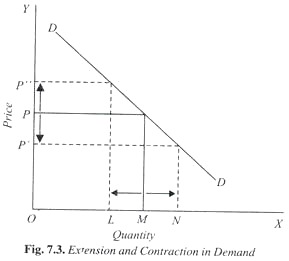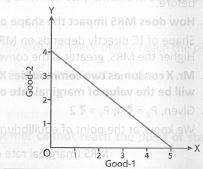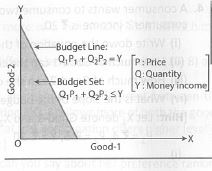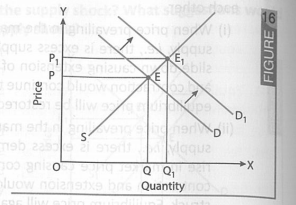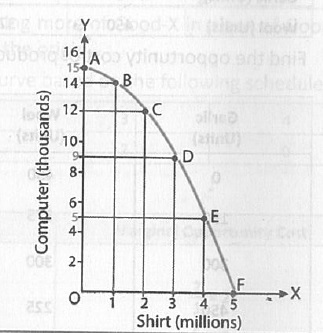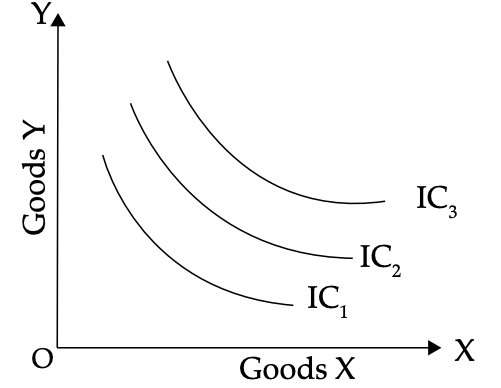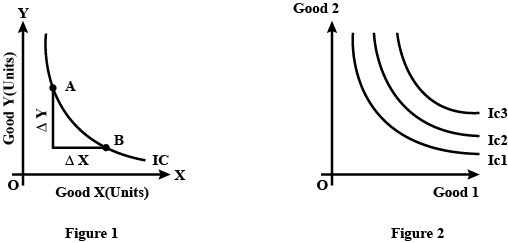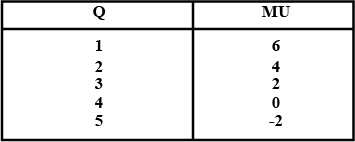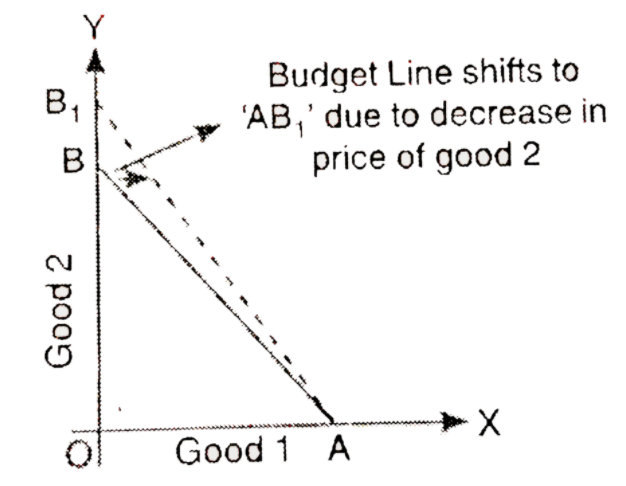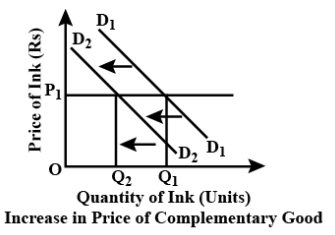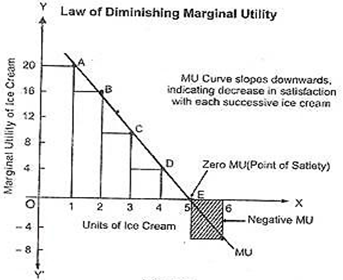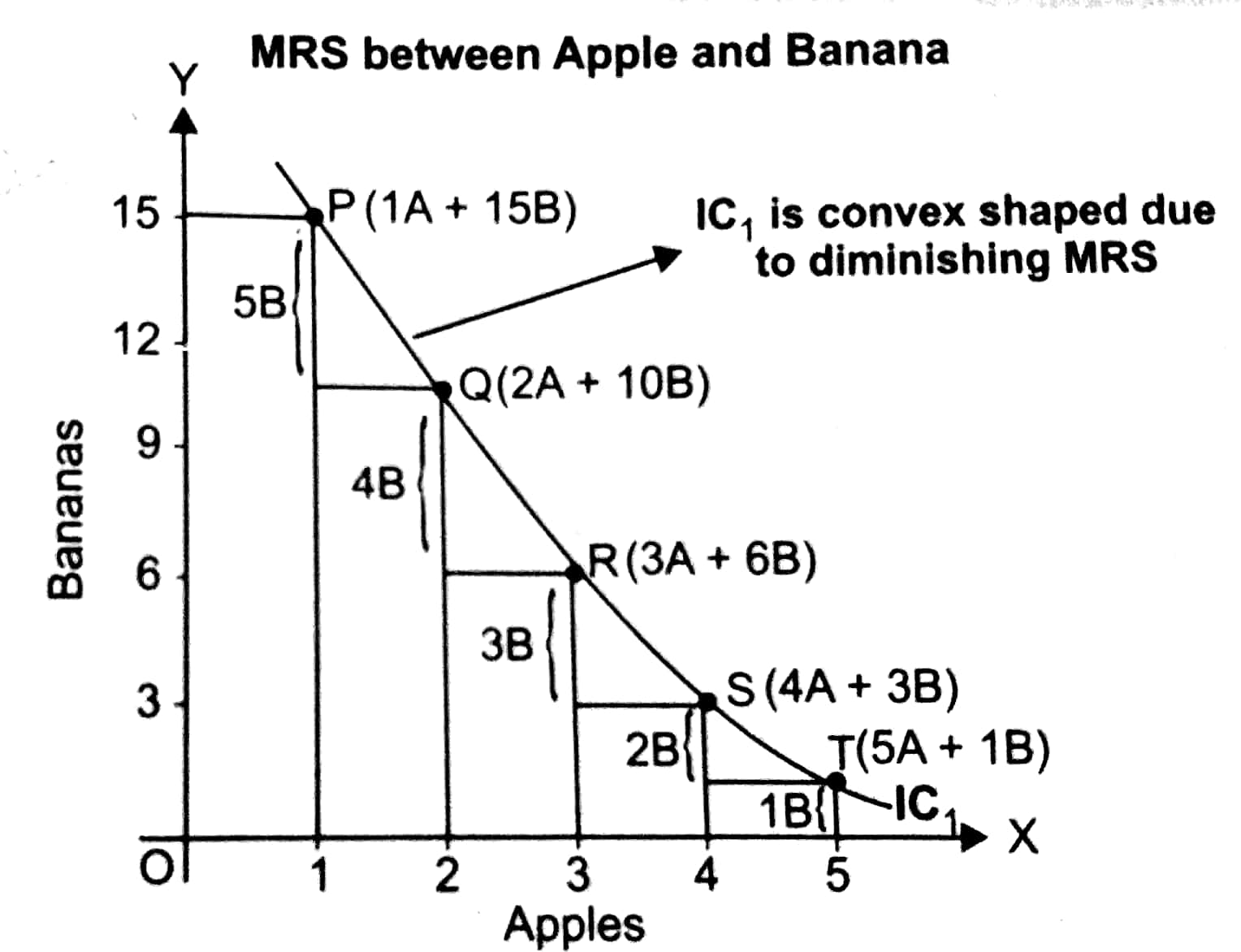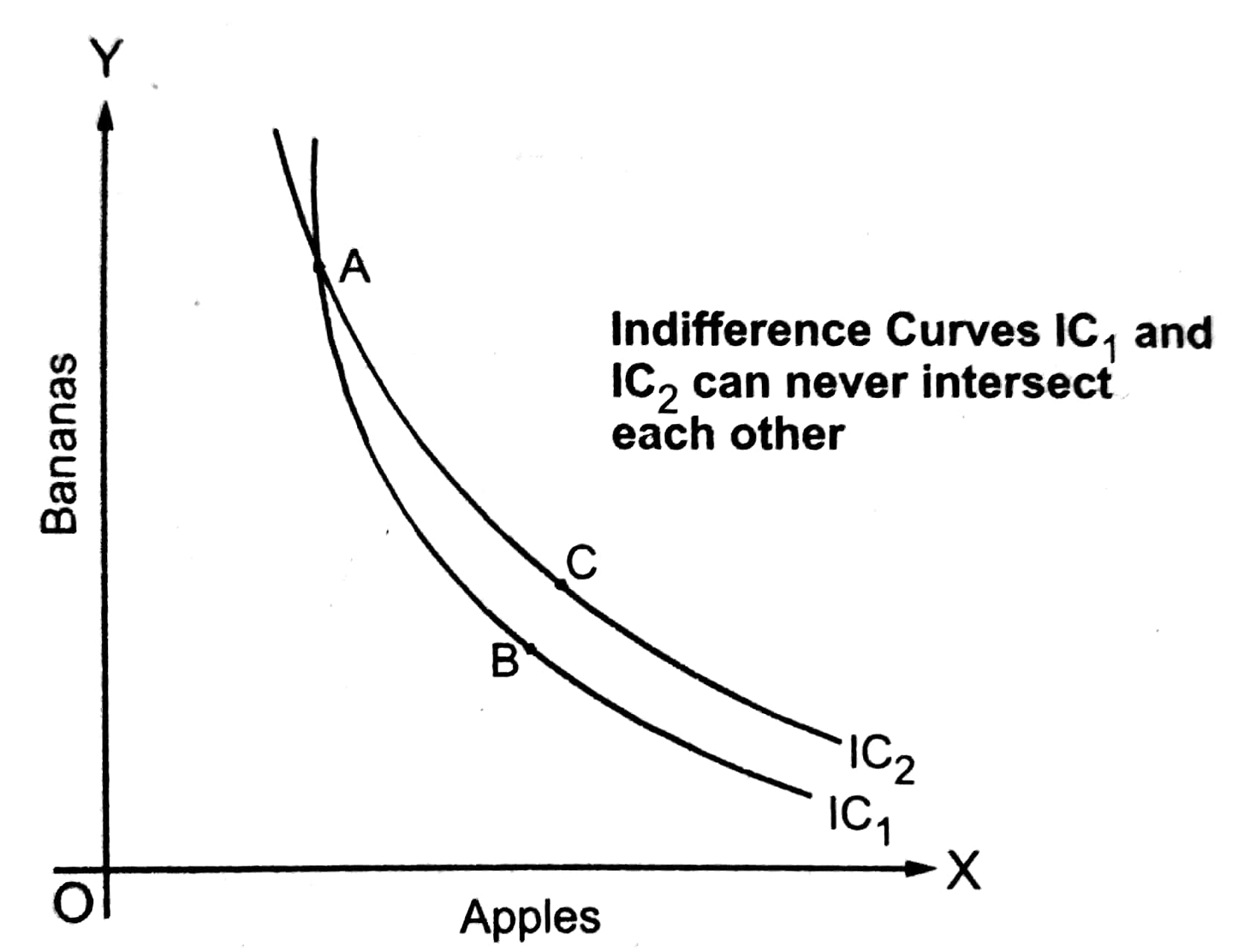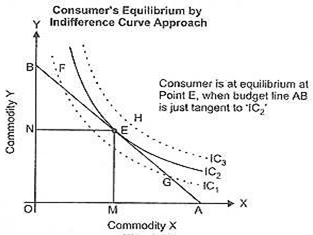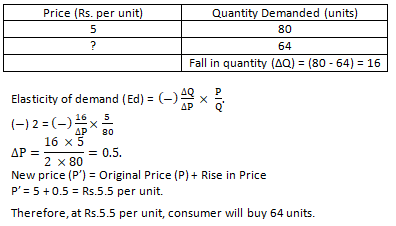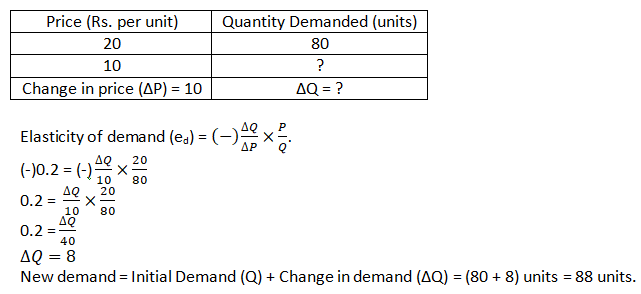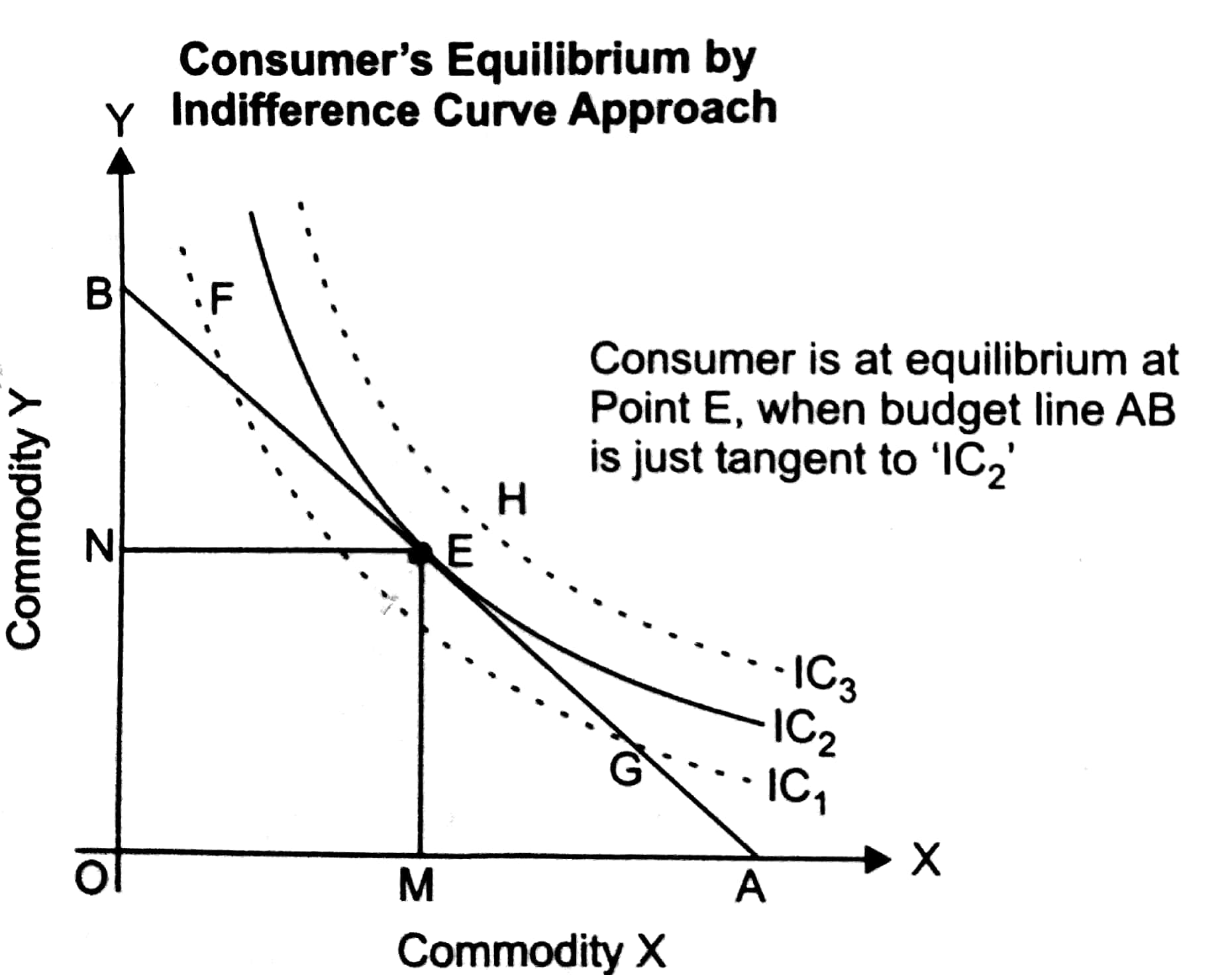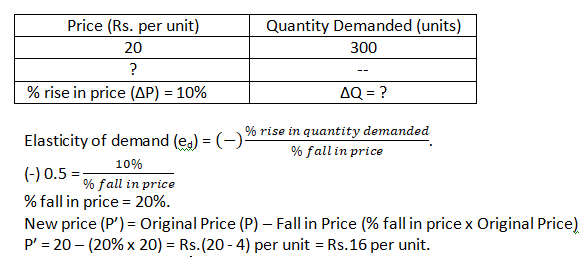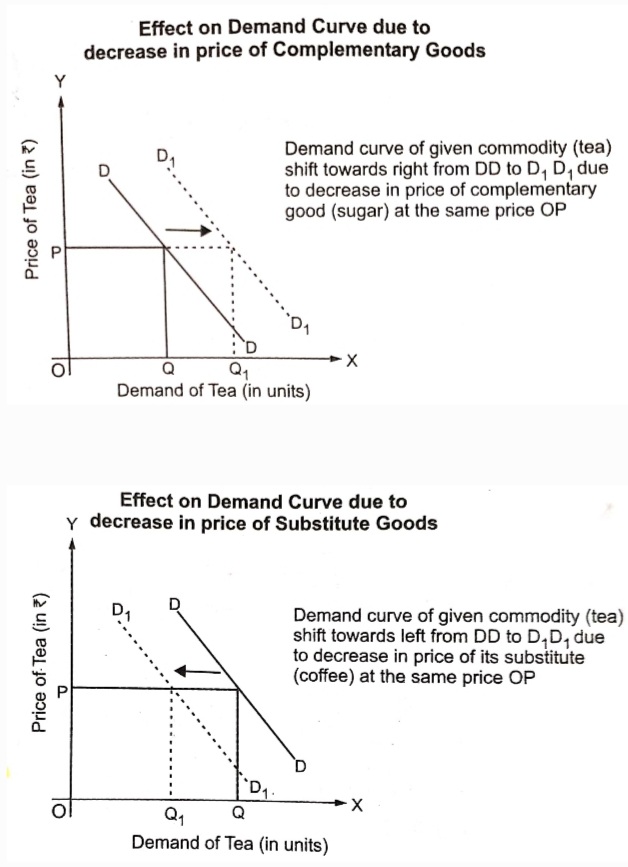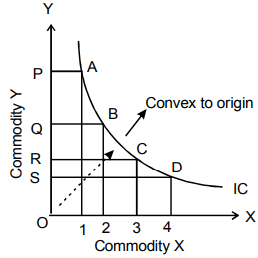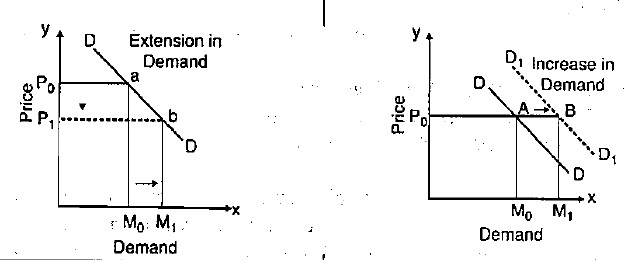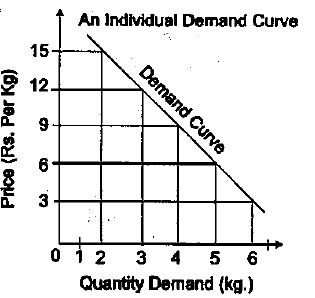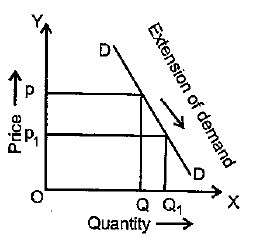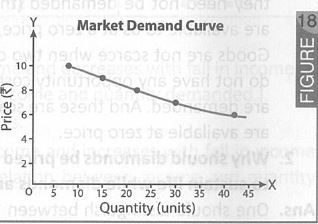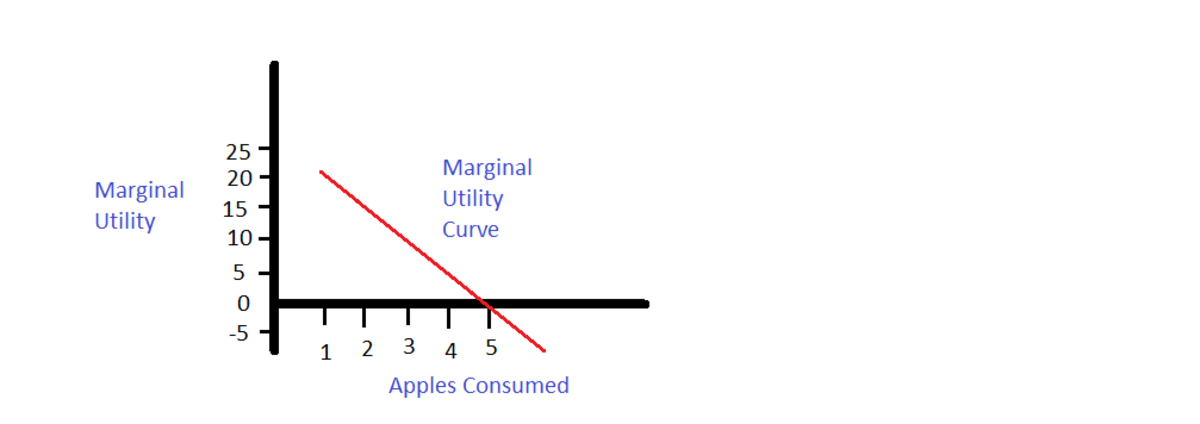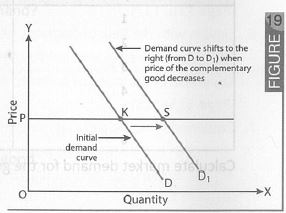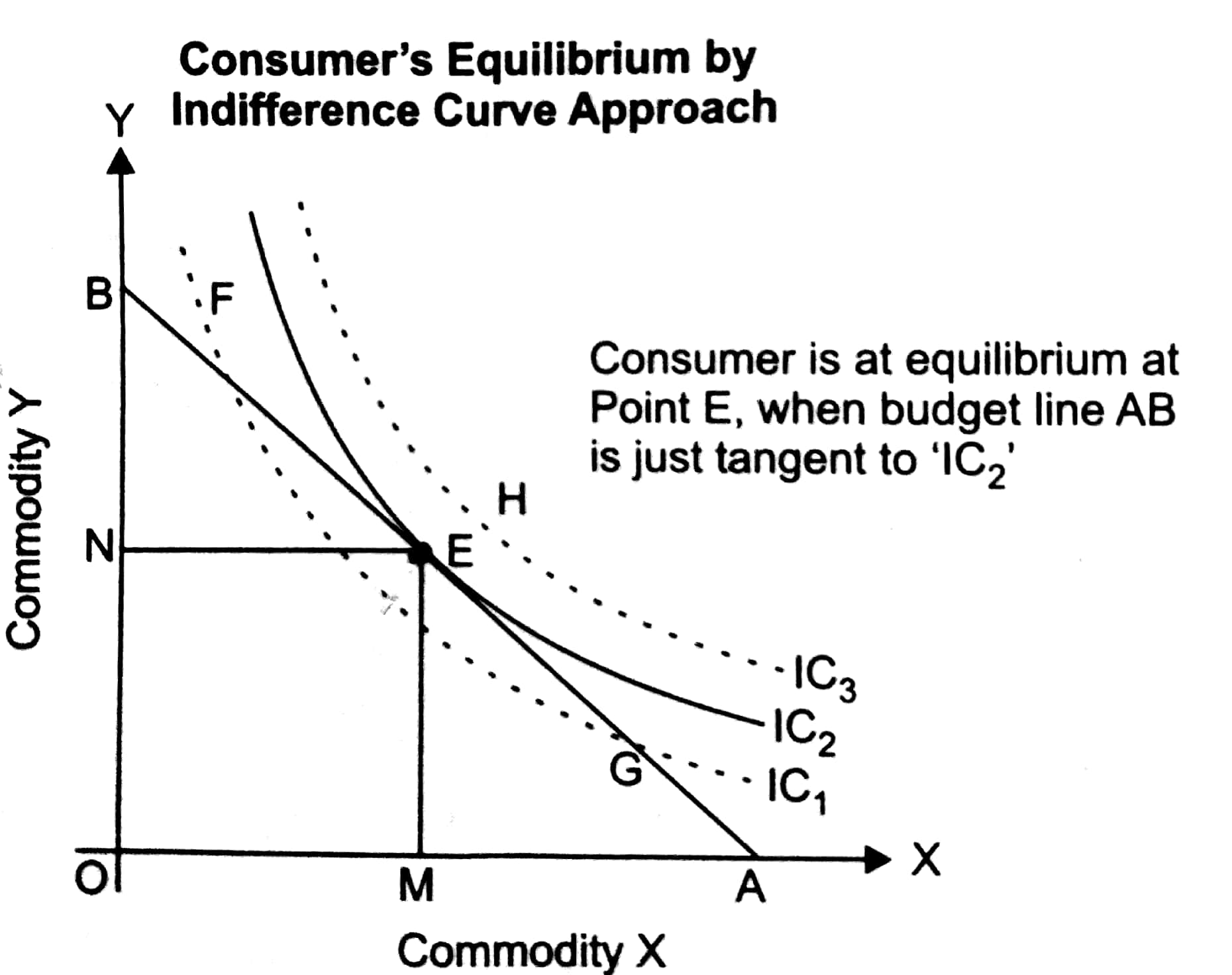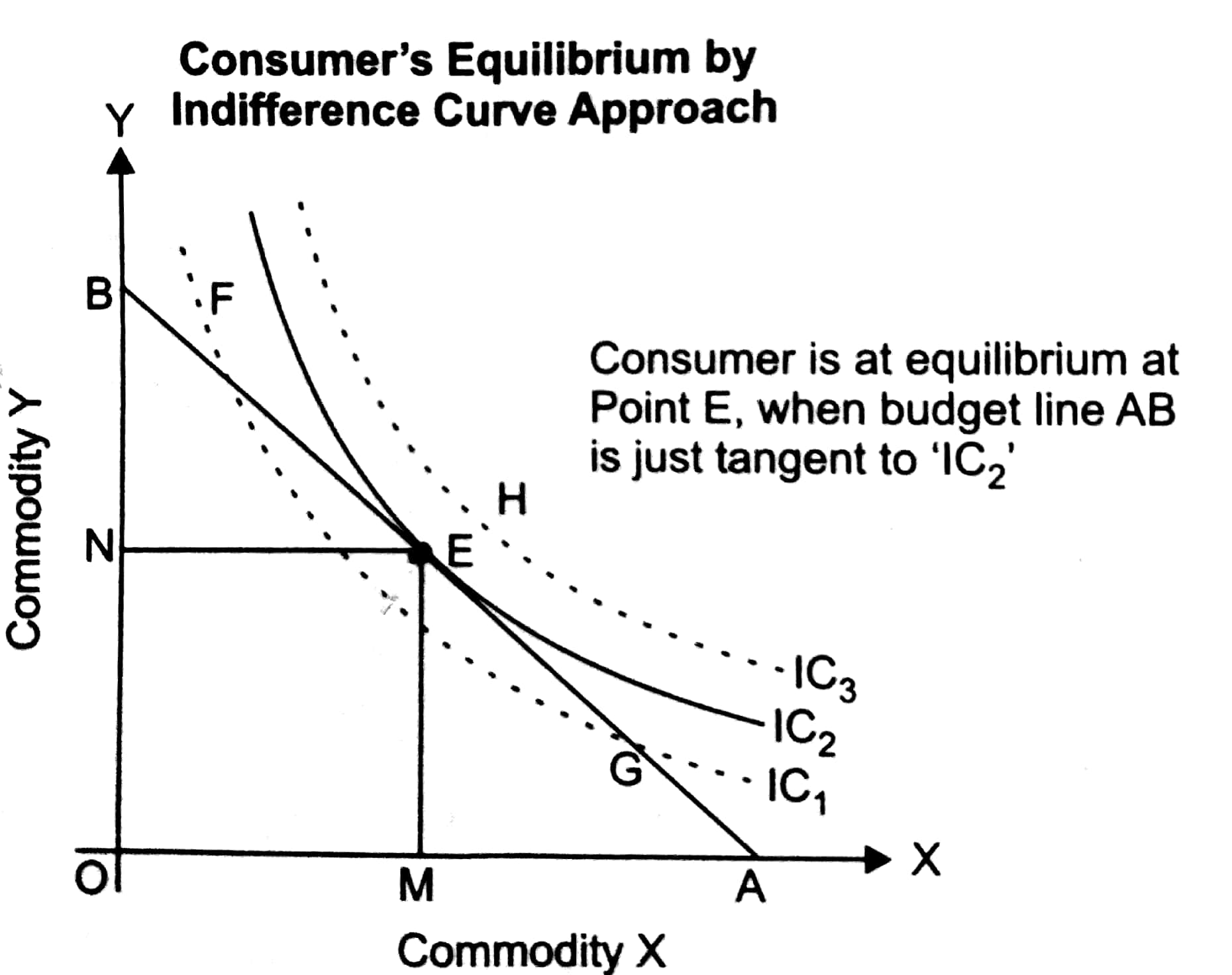Theory Of Consumer Behaviour - Class 11 Commerce Economics - Extra Questions
State any two factors on which demand for a commodity depends.
Distinguish between price demand, income demand, and cross demand.
Price and demand move in opposite directions. Give two reasons justifying this statement.
Explain what may cause rise in the price of a commodity.
What do you understand by 'desire', 'want' and 'demand'?
Briefly explain a demand schedule and demand curve.
Discuss the causes and effects of increases in individual income.
Prepare your family's demand schedule for milk.
The diagram shows the demand for shoes.Give one factor that would cause a move from point A to point B.
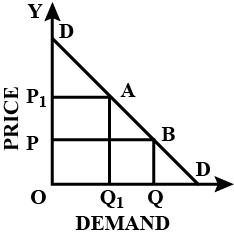
What is demand?
Mention any four factors affecting the elasticity of demand.
The diagram shows the demand for shoes. How is it related to an increase in population.

Create a hypothetical table showing the various prices and quantity and draw the demand curve using that data.
The diagram shows the demand for shoes.
Give one factor that would cause a movement from B to A?

Explain what effect the increase in the price of a complementary commodity will have on the original product.
Explain what effect the increase in the supply of a substitute commodity will have on the original product.
Give a brief classification of demand.
Explain any five factors affecting Price Elasticity of Demand.
Discuss five determinants of elasticity of demand.
Complete the following individual demand schedule.
Price in Rs Quantity of Sugar demanded in Kgs 5 20 6 7 8 9
| Price in Rs | Quantity of Sugar demanded in Kgs |
| 5 | 20 |
| 6 | |
| 7 | |
| 8 | |
| 9 |
With the help of appropriate diagram, explain the meaning of contraction in demand and extension in demand.
Briefly explain the percentage method of calculating elasticity of demand.
Demand is inversely related to price. Explain.
State two factors affecting the market demand of a commodity.
Define indifference curve.
Define Utility.
Distinguish between :
Total Utility and Marginal Utility Diminishing Marginal Utility.
Give Reasons or Explain.
Utility is a psychological term.
The Law of Diminishing Marginal Utility and The Law of Equi- Marginal Utility.
Give Reasons or Explain.
Utility is a psychological term.
Give Reason or explain the following:
Assumptions of the law of Diminishing Marginal Utility.
Give Reason or explain the following:
Limitations of the law of DMU.
Answer the following questions.
Explain the Importance/Significance of the law of DMU.
Give Reason or explain the following:
Practical Significance of law of DMU.
State with reason whether you agree or disagree.
There are no criticisms to the law of DMU.
Give Reason or explain the following:
Exception to the law of Diminishing Margnal Utility.
State with reason whether you agree or disagree.
The law of DMU depends upon assumption.
State with reason whether you agree or disagree.
There are no real exceptions to the law of DMU.
Answer the following questions.
Explain the law of diminishing marginal utility.
Answer the following questions.
What are the limitations / Shortcomings of the law of DMU ?
State with reason whether you agree or disagree.
The law of DMU could be explained with example and diagram.
State with reason whether you agree or disagree.
Law of DMU is important in practice.
Answer in details:
State and explain law of Diminishing Marginal Utility and explain its exceptions.
Answer in detail:
State and explain the law of DMU ? Explain its assumptions.
Answer in details:
Discuss the importance of the law of DMU.
State how the Law of Diminishing Marginal Utility is important in practice, to various stakeholders (such as consumer, producer, government etc.).
Explain the conditions of consumer's equilibrium using Indifference Curve Analysis.
Given the price of a good, how will a consumer decide as to how much quantity to buy of that good? Explain.
What is Indifference Curve? State three properties of indifference curves.
Define demand.
What is meant by quantity demanded?
What is a demand schedule?
Name two determinants of consumer's demand for a commodity.
How is the demand for a good affected by a change in tastes and preferences of the consumers in favour of the commodity?
What happens to the demand for a complementary good of a commodity when the price of the commodity rises?
What is a demand curve?
MRS tends to diminish because of the law of diminishing marginal utility. Comment.
Do you agree with the view that the law of demand need not necessarily fail in case of inferior goods?
Explain the Statement.MRS (marginal rate of substitution) along an indifference curve tends to diminish.
Explain this statement.
If IC is not convex at the point of equilibrium, the consumer cannot reach the point of stable equilibrium. Comment.
What is the relation between Good-X and Good-Y, if with a rise in the price of Good-X, demand for Good-Y rises? Give an example.
It is because of monotonic preferences of the consumer that IC slopes downward. Comment.
When is demand elastic?
Define indifference map.
Define price line.
What is meant by an indifference curve?
What is meant by budget set?
Define monotonic preferences of the consumer.
A consumer's budget is RsHe is buying Good-1 and Good-Price of Good-1 is Rs 8 per unit, and of Good-2 is Rs 10 per unit. Draw a budget line on the basis of these figures.
Explain the equation of budget line with the help of a hypothetical numerical example.
What do you mean by substitutes? Give examples of two goods which are substitutes of each other.
Why should diamonds be priced so high and water be priced so low even when water is essential to sustain life while diamonds are not?
On what factors, does the position of the budget line depend?
Certain goods are demanded even when their price is zero. Does it mean that we are demanding even those goods which are not scarce?
How do you account for a rise in demand for rice even when own price of rice was rising in the flood-ravaged Jammu & Kashmir state of India?
How does MRS impact the shape of IC?
What do you mean by complements? Give examples of two goods which are complements of each other.
A consumer wants to consume two goods. The prices of the goods are Rs 4 and Rs 5 respectively. The consumer's income is Rs 20.
(i) Write down the equation of the budget line.
(ii) How much of Good-1 can the consumer consume if she spends her entire income on that good?
(iii) How much of Good-2 can she consume if she spends her entire income on that good?
(iv) What is the slope of the budget line?
How does the budget line change if the consumer's income increases to Rs 40 but the prices remain unchanged (ie X1 costs Rs: 4 and X2 costs Rs. 5 each) ?
What do you mean by 'monotonic preferences'?
Explain why the budget line is downward sloping.
Elasticity of demand is generally high during the long period compared to short period. Why?
Suppose a consumer can afford to buy 6 units of Good-1 and 8 units of Good-2, if she spends her entire income. The prices of the two goods are Rs 6 and Rs 8 respectively. How much is the consumer's income?
Utility Analysis studies consumer's equilibrium on the assumption that utility can be expressed in terms of units like 2, 4,Indifference Curve Analysis, on the other hand, assumes that utility cannot be expressed in terms of units; it can at best be compared. Does it mean that consumer's equilibrium (in terms of the consumption of goods X and Y) should be different, using different assumptions?
What is budget line?
How is the equation indicating budget line different from the equation indicating budget set?
What do you mean by budget set of a consumer?
When price of a good rises from Rs.20 per unit to Rs.23 per unit, its demand falls by 30 per cent.Calculate price elasticity of demand.
Suppose your friend is indifferent to the bundles (5, 6) and (6, 6). Are the preferences of your friend monotonic?
A consumer spends Rs.1,500 on a good priced at Rs.10 per unit. When price rises by 20 per cent, the consumer continues to spend Rs.1,500 on the good. Calculate price elasticity of demand by percentage-change method.
For a commodity, △PP=−0.2, and elasticity of demand =−0.6. Find percentage change in quantity demanded.
If a consumer has monotonic preferences, can she be indifferent between the bundles (10, 8) and (8, 6)?
Suppose a consumer's preferences are monotonic. What can you say about her preference ranking over the bundles (10, 10), (10, 9) and (9, 9)?
What is meant by excess demand for a product?
State the law of diminishing marginal utility.
From the following table, calculate price elasticity of demand by the percentage-change method.
| Price of X (Rs. per unit) | Total Expenditure (Rs.) |
| 4 5 | 600 525 |
Explain how change in price of the substitute commodity-Y (related to commodity-X) would affect market equilibrium with respect to commodity-X.
Define marginal utility. State the law of diminishing marginal utility.
In India, retail price of petrol has significantly fallen during the past six months. But, demand for cars has not shown any significant rise. Comment.
How will a change in price of coffee affect the equilibrium price of tea? Explain the effect on equilibrium quantity also through a diagram.
If elasticity of demand =∞, equilibrium price remain unchanged,no matter supply increases or decreases. Comment.
Draw PPC for an economy, if production possibilities are as under. Also find marginal opportunity cost.
| Shirt (Millions) | 0 | 1 | 2 | 3 | 4 | 5 |
| Computer (Thousands) | 15 | 14 | 12 | 9 | 5 | 10 |
If the price of a substitute (Y) of Good-X increases, what impact does it have on the equilibrium price and quantity of Good-X?
Marginal utility schedule for Good−X and Good−Y is given in the following table.Assuming price of X is Rs.1, and price of Y is Rs.1 and money income of the consumer is Rs.13. Find the optimum combination of Good−X and Good−Y for maximising consumer's utility.
| Q | 1 | 2 | 3 | 4 | 5 | 6 | 7 | 8 | 9 | 10 |
| MUX(Utils) | 28 | 24 | 21 | 20 | 16 | 13 | 9 | 5 | 3 | 1 |
| MUY(Utils) | 32 | 29 | 27 | 23 | 20 | 18 | 17 | 16 | 12 | 9 |
State the types of demand.
Write short note on 'factors determining elasticity of demand'.
When the price of a good rises from Rs.10 per unit to Rs.12 per unit, its quantity demanded falls by 20 per cent. Calculate its price elasticity of demand. How much would be the percentage change in its quantity demanded, if the price rises from Rs.10 per unit to Rs.13 per unit?
Define or explain elasticity of demand.
The price elasticity of demand is estimated to be 2. The price of the commodity happens to increase by 10%. Find the change in quantity demanded when initially he was buying 120 units of the commodity.
Distinguish between 'Desire and Demand'.
Discuss the assumptions of the law of diminishing marginal utility.
A consumer consume only two goods X and Y and is in equilibrium. Show that when the price of good X rises, the consumer buys less of good X. Use utility analysis.
A consumer spends Rs. 400 on a good priced at Rs. 4 per unit. When the price rises by 25 percent, the consumer continues to spend Rs.Calculate the price elasticity of demand by percentage method.
Give reasons or explain :
Demand for the commodity having multiple uses is elastic.
Find the elasticity of demand of x and y on the basis of the demand schedule given below and specify which one is more elastic:
| Good x | Good y | ||
| Px (Rs.) | Dx (units) | Py (Rs.) | Dy (units) |
| 8 | 10 | 8 | 10 |
| 4 | 12 | 6 | 25 |
What are monotonic perferences?
Define budget line.
Why is minus sign attached to the measure of price elasticity of demand of a normal good in comoparison to the plus sign attached to the measure of price of elasticity of supply? Explain.
Explain the concept of 'Marginal Rate of Substitution' with the help of a numerical example. Also explain its behaviour along an indifference curve.
Price elasticity of demand of good X is −2 and good Y is −3. Which of the two goods is more price elastic and why?
Answer the following question in a sentence/word.
Expand MRS.
Answer the following question in 4 sentences.
Name the motives of demand for money according to J.M. Keynes.
Answer the following question in 4 sentences.
What is Monotonic preference?
Answer the following Project and Assignemnt related question.
How much Mangoes can she consumes if she spend her entire income on that good?
Answer the following question in 12 sentences.
Explain the indifference map with a diagram.
Explain three properties of indifference curves.
Answer the following Project and Assignment related question.
How much Bananas can she consumes if she spend her entire income on that good?
(i) Define the term demand.
(ii) explain any three factors that affect the demand for a commodity.
(iii) Why are articles of distinction or the Veblen effect an exception to the law of demand ?
What is double coincidence of wants ?(Economics class 10)
Elaborate the law of demand, with the help of a hypothetical schedule.
Explain the law of diminishing marginal utility, with the help of a hypothetical schedule.
With help of an example explain the term complementary goods.
How does demand differ from desire?
What are limitations of marginal utility?
What are the assumption of marginal utility?
What do you mean by indifference map?
What is the substitution effect?
Define complementary goods.
What is the market demand curve?
What is the geometric method of elasticity of demand?
What are the assumptions of indifference curve?
What is the budget line?
What do you mean by consumer budget?
A consumer has total income of Rs. 250 to be spent on two goods X and Y with price of Rs.25 and Rs.10 per unit respectively. On the basis of the information given, answer the following questions:
a. Give the equation of the budget line of the consumer.
b. What is the value of the budget line.
c. How many units can the consumer buy if he is to spend all his money income on good X?
d. How does the budget line change if there is a fall in price of good Y?
What happens when MUx/Px < MUy/Py?
The quantity demanded of a commodity falls by 5 units, when price rises by Rs.1 per unit. Its price elasticity of demand is (-)1.Calculate the price before change, if at this price quantity demanded was 60 units.
When does a consumer attain an equilibrium point?
Define budget set.
(a) The demand for a commodity declines by 10% when its price rises from ₹4 to ₹5 per unit. What is the Price Elasticity of demand of the commodity?
(b) Explain the effect of Rise in the Price of Complementary good on demand of a given good?
What do you mean by the budget set of a consumer?
The following news was printed in the Economic Times:
"Petrol and diesel prices were cut by Rs.2 per litre each as international oil prices slumped to a five year low." Use a diagram and economic theory to analyse the impact on the demand for cars in India.
Explain law of Diminishing Marginal Utility with the help of a diagram.
Ratio method : Ed = QP%Q%P :: ______ : Ed = Lower segment/Upper segment.
Why is an indifference curve convex to origin?
Why two indifference curves can never intersect each other?
Explain consumer's equilibrium by indifference curve analysis. Use diagram.
Explain the law of diminishing marginal utility along with assumptions.
Consider the demand for a good at a price of Rs.4, the demand for the good is 25 units. Suppose the price of the good increases to Rs.5, what will be the change in quantity if the elasticity of demand is 0.8?
A consumer buys 80 units of goods at a price of Rs. 5 per unit Suppose the price elasticity of demand is -At what price will he buy 64 units?
The coefficient of price elasticity of demand for a commodity is 0.When the price was Rs. 20 per unit. The quantity demanded was 80 units. If the price falls to Rs. 10 per unit, how much will be its quantity demanded?
State and explain the law of diminishing marginal utility.
A consumer spends rs. 1000 on a good price at rs. 8 per unit. When the price rises by 25%, the consumer continues to spend rs. 1000 on the good. Calculate the price elasticity of demand by the percentage method.
Write definition and equation of price line or budget line.
Illustrate the Consumer's equilibrium using indifference curve analysis.
Describe the law of diminishing marginal utility, its limitations and importance.
The price elasticity of demand of a good is (-) 0.At a price of Rs 20 per unit, its demand is 300 units. At what price will its demand increase by 10%?
Define with the help of diagram the effect of the following changes on the demand for a
commodity,
(A) Fall in the price of the substitute good.
(B) Fall in the price of complementary goods.
A consumer spends Rs.1500 on a good priced at Rs.10 per unit. When price
by 20%, the consumer continues to spend Rs.1500 on the good. Calculate price
elasticity of demand by percentage method.
A household buys 30 units of a commodity when its price is Rs. 5 per unit. The quantity demanded falls to 25 units when the price rises to Rs. 6 per unit. How much is the price elasticity of demand?
Explain law of diminishing marginal utility and write its assumption.
Identify and explain the following concepts: Lalita satisfied her want of writing on essay by using pen and notebook.
Identify and explain the concepts from the given illustration: Since the price of tomatoes rises from Rs.30 per kg to Rs.80 per kg, Kavita purchased 2 kgs instead of 5 kgs.
A consumer buys 10 units of a commodity at the price of Rs. 5 per unit. The price elasticity of demand for this good is -Price falls to Rs. 4 per unit. How much of this commodity will he buy now at this price?
Want satisfying power of any commodity is called __________. (utility/usefulness)
A consumer consumes only two goods. Why is the consumer said to be in equilibrium when he buys only the combinations of two goods which lie at that point of the indifference curve where the budget line is tangent to the indifference curve? Explain. Use diagram.
An indifference curve is __________ to the point of origin. (convex/concave).
Budget line is also known as __________. (concave line/price line)
Price elasticity of demand of a good is (-)When price per unit falls by one rupee, its demand rises from 16 to 18 units. Calculate the price before change.
Distinguish between the following: Extension and Increase in demand
State of 'law of demand'. Explain three exceptions to this law.
a. What is demand? Explain how quantity demanded of a commodity X will be affected by
i. An increase in the price of its substitutes
ii. Consumer credit facility
iii. Government policy.
Draw a demand curve with the help of a hypothetical individual demand schedule.
What is meant by cross demand? Explain any four factors which determine demand in the market.
The bus fare between two cities is reduced. How will this affect the demand curve for bus travel between the two cities?
How does the nature of a good affect its elasticity of demand?
With the help of appropriate diagrams, write relevant points of distinction between movement along a demand curve and shift of the demand curve.
When the price of a good rises from Rs. 10 per unit to Rs. 12 per unit, its quantity demanded falls by 20 percent. Calculate its price elasticity of demand. How much be the percentage change in its quantity demanded, if the price rises from Rs.10 per unit to Rs. 13 pe unit?
Explain with the help of a numerical example, the meaning of diminishing marginal rate of substitution.
Explain the meaning of 'Budget set' and 'Budget line'.
Complete the following table and also draw the market demand curve.
| Price (Rupees) | Quantity Demanded by Mishra (Units) | Quantity Demanded by Mishra (Units) | Market Demand (Units) |
| 10 | 3 | - | 8 |
| 9 | - | 8 | 15 |
| 8 | 11 | - | 22 |
| 7 | - | 14 | 30 |
| 6 | 20 | 22 | - |
Explain with reasons whether you 'agree' or 'disagree' with the following statement:
Law of Diminishing Marginal Utility is important in practice.
Explain with reasons whether you 'agree' or 'disagree' with the following statement:
The law of diminishing marginal utility can be explained with the help of schedule and diagram.
The following news was printed in the Economic Times:
"Petrol and diesel prices were cut by Rupees 2 per litre each as international oil prices slumped to a five-year low."
Use a diagram and economic theory to analyse the impact on the demand for cars in India.
Answer the following question in 15 sentences.
Explain any five properties of indifference curves.
"Petrol is becoming cheaper, yet the demand for cars is not rising."Does it means that, the law of demand is not operative?
If the demand curve is found to be positively sloped, what it could be due to? Give your answer in terms of nature of the commodity, income effect and substitution effect.
Show diagrammatically consumer's equilibrium using indifference curve analysis. Also, analyse the conditions of consumer's equilibrium.
Why does law of demand operate?
Explain consumer's equilibrium with the help of IC approach.
Class 11 Commerce Economics Extra Questions
- Collection Of Data Extra Questions
- Correlation Extra Questions
- Index Numbers Extra Questions
- Introduction To Economics Extra Questions
- Introduction To Microeconomics Extra Questions
- Market Equilibrium Extra Questions
- Measures Of Central Tendency Extra Questions
- Measures Of Dispersion Extra Questions
- Non-Competitive Markets Extra Questions
- Organisation Of Data Extra Questions
- Presentation Of Data Extra Questions
- Production And Costs Extra Questions
- Theory Of Consumer Behaviour Extra Questions
- The Theory Of The Firm Under Perfect Competition Extra Questions
- Use Of Statistical Tools Extra Questions
